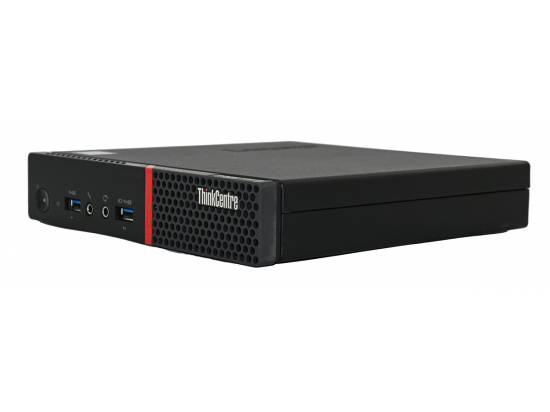Active Directory Demystified
When I was first attempting to get into IT Active Directory was perplexing to me. Active Directory seemed so simple to those around me but was a huge gap in my early IT understanding. The goal of this post is to give you a high level overview of Active Directory to hopefully save you from this same fate.
This is in no way comprehensive and simply serves as a dip into the pool of what is possible with Active Directory.
What is Active Directory?
Active Directory is hosted as a service on a Windows server.
Active Directory is at its core is a company’s employee directory. Think of it as a large, organized list of all employees and various information about them such as phone number, email, location, and their manager’s name.

Digging in deeper, Active Directory also serves as the central source of user names and passwords for all computers in the company. Rather than having accounts “local” to individual computers, the account is created once on the Active Directory server. All computers in the company are “joined” to the Active Directory network which allows them to forward all requests to log in onto the server. If the user name and password is correct in the server the computer creates a local profile for the user.
Why do we need Active Directory?
Let me paint you a picture. Imagine you are the IT Director at a company with 2000 employees. Every employee has a desk with a computer that they log into. To promote effective use of resources the CEO asks you to allow all employees to log into any computer at any time.
Without Active Directory, this would simply not be possible. You would need to create a user name and password for 2000 employees per 2000 computers. Additionally, if a single employee needed to update their password you would need to update that password on all 2000 computers.
How do you organize Active Directory?
I mentioned earlier that the employee directory was organized. How do you achieve this organization in Active Directory? Organizational Units (OUs) and Groups.
Organizational Units are essentially folders to assist with creating a hierarchy and separating user accounts based on Location, Job function or something else. A common approach is to create OUs for each of your locations, departments and job roles. By staying organized with these OUs you can easily understand how many employees are in each department, location or role.
Groups are another form of organization. Groups are a way to put users together where the lines aren’t as simple as the larger OU categories. Additionally, a user can only be in a single OU but they can be in many groups.
Groups are commonly used as a way to provide access to applications and file shares.
What’s Next?
Dig in deep with Microsoft’s official learning path https://learn.microsoft.com/en-us/training/paths/active-directory-domain-services/

